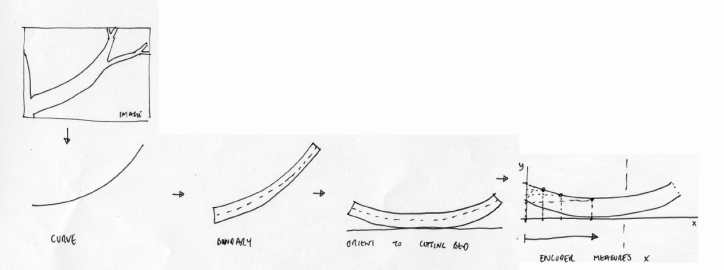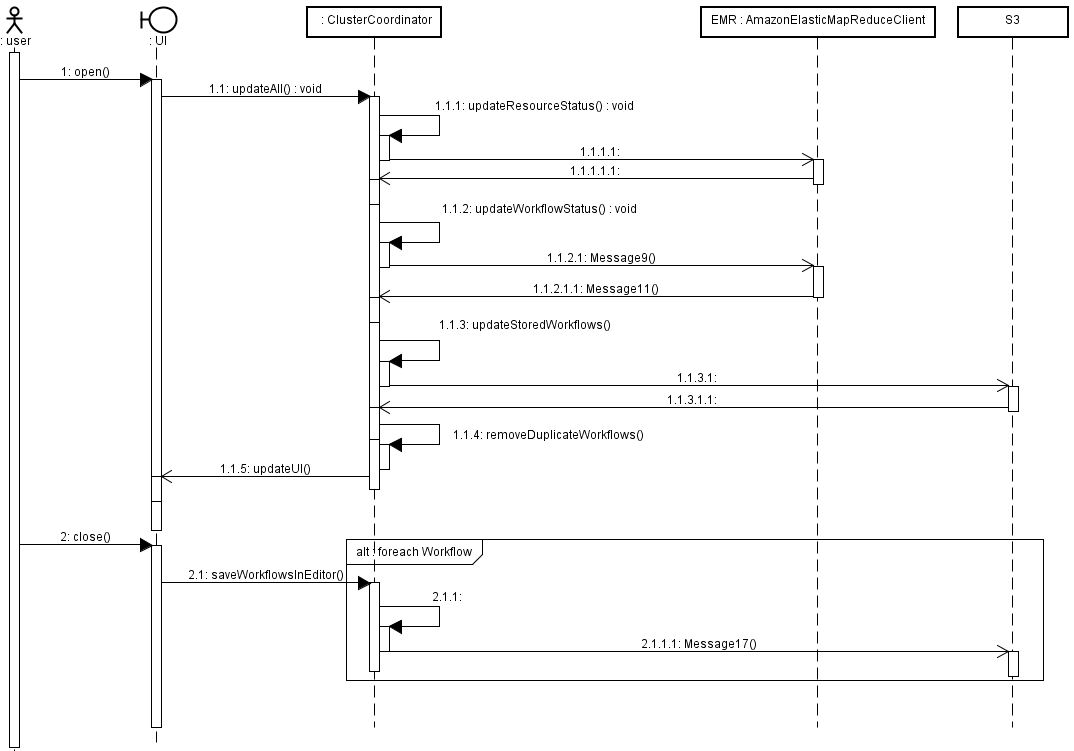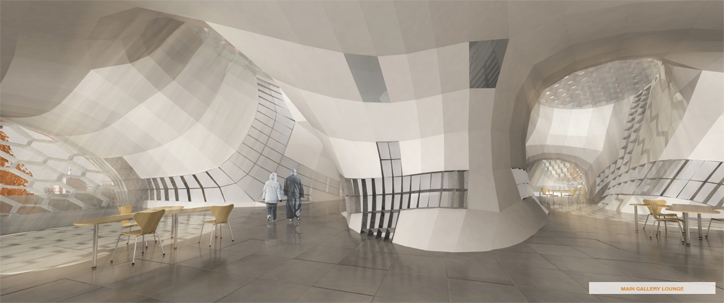natural_lighting
allPanels
Lacunae is a consultancy specialising in the application of computational design in architecture engineering and construction in both industrial and academic sectors. Contact roly.hudson[at]gmail.com
In industry Lacunae applies computational methods to rationalise architectural geometry, integrate geometric processing into existing building information modelling (BIM) workflows develop new BIM workflows and write custom software and plugins. Lacunae provides professional training that introduces the fundamentals of these techniques and demonstrates how to apply them to live projects.
In academia Lacunae's founder Dr. R Hudson, has partnered with industry to win funded research projects. Dr. Hudson has developed academic curriculums and courses that introduce and apply computational design to studio projects and given workshops in parametric design at higher education institutions throughout Europe.
Lacunae Ltd is registered at Companies House in the UK. Company Number: 08880645. Company Type: Private Limited by Shares.
Founded in 2014 by Dr. R Hudson Lacunae was initially concerned with the development of SeatView, a plugin for Rhino that enables analysis of view quality in Stadiums and other venues. This work was undertaken on behalf of Populous London Research and Development.
Dr. Hudson studied architecture at the University of Bath at Undergraduate and Masters levels after two years working in architectural practice in London he returned in 2005 for doctoral research supervised by Chris Williams and Paul Shepherd. His Phd was funded as an EPSRC CASE award sponsored by Bentley Systems. At that time GenerativeComponents was under development by Robert Aish for Bentley and Dr. Hudson contributed by developing material for use in workshops and the first user manual. He also ran academic and professional workshops throughout europe during this period. In some of these workshops Dr. Hudson was fortunate to form long term working partnerships with several early adopters of parametric software. Through these partnerships he was able to directly apply early versions of GenerativeComponents in developing various projects.
The Phd thesis - Strategies for Parametric design in Architecture (2010), was based on these first hand experiences of implementing parametric tools in practice. Of particular note are the Lansdowne Road Stadium (now AVIVA) and Seating Seating Design Tool projects developed with Populous in London. Several other projects that Dr. Hudson consulted on during his PhD are included on this website.
Following completion of his PhD in 2010 Dr. Hudson moved to Canada to take a position as assistant professor in the Department of Architecture at Dalhousie University in Halifax. Here he taught a variety of graduate and undergraduate design and technology classes and supervised several Master of Architecture thesis projects. While at Dalhousie he developed several introductory classes in computational design using Grasshopper and processing.
During this period Dr. Hudson's research and consultancy expertise shifted towards greater independence from proprietary architectural tools (such as Grasshopper, Revit and GenerativeComponents). By implementing architectural geometric processing programmatically he achieved potential for integration with a greater variety of architectural engineering and construction software platforms through the use of their application program interfaces (APIs).
An early example of this is the collaboration in 2010 with Populous and the the development of Popeso a Rhino plugin that combined an evolutionary structural optimisation algorithm with a graphic post processor. This was developed with rhinocommon the software developer kit for Rhino and Grasshopper.
While in Canada Dr. Hudson formed a small group of industrial partners in architecture engineering and game development and applied for a Canada Foundation for Innovation grant to establish an Advanced Building Laboratory (ABL) in the department of architecture. The CAD$333000 grant was awarded in 2013 and the aim was to establish a centre to advance integrated project delivery through application of computational methods in architectural design and production. ABL was never fully realised but serves as a model of Dr. Hudson mode of operation between industry and academia.
In 2014 Dr. Hudson moved to Bogota, Colombia where he worked for 2 years as assistant professor in Universidad de Los Andes. He taught courses in general architectural design and developed a series of courses focused on application of computational tools in architecture and urban design. In 2015 he changed his role to part-time to focus on developing independent research and consultancy through Lacunae but continues to teach courses in applied computational design at the Universidad de Los Andes and gives courses in Continuing Professional Development.
This website has been developed as an experiment in responsive web design using HTML, CSS and javascript with minimal knowledge of web development and minimal use of any other proprietary tools. Still in a beta phase the site has so far only been tested in Chrome, Explorer 11 and FirefoxA small program written in C# scans a standardised folder structure with project images, downloads, descriptions, links and other information. A simple content database is generated and the client side javascripting deals with the delivery and organisation of the content in browser. The responsive grid system is based on one that is described at responsivegridsystem
Hudson, R. 2010. Strategies for parametric design in architecture. Ph.D. thesis, University of Bath.
Hudson, R., Westlake, M. 2012. Metrics of human experience; occupant driven parametric design processes. In: Peters, T. and Peters, B. (eds), Inside Smart Geometry.Chichester: Blackwell-Wiley.
Williams, C., Hudson, R. 2011. Distributed intelligence or a simple coherent mental model. In: Kocaturk, T (ed), Distributed intelligence in design. Chichester: Blackwell-Wiley.
Hudson, R. 2014. Knowledge Based Strategies for Parametric Design in Architecture, SIGraDi 2014 [Proceedings of the 18th Conference of the Iberoamerican Society of Digital Graphics] Uruguay- Montevideo 12,13,14 November 2014, pp. 77-81
Hudson, R. 2008. Frameworks for practical parametric design in architecture. Pages 17-20 of: Pottman, H., Hofer, M., & Kilian, A. (eds), Advances in architectural geometry.
Shepherd, P., Hudson, R. 2007. Parametric definition of Lansdowne road stadium. In: International association of shell and spatial structures, vol. 1. Venice, Italy: CD-ROM.
Hudson, R. 2011. Capturing unknown knowledge in design. Ehituskunst (Estonian Architectural Review) 53/54 Arhitektuursed Dialoogid.
Hudson, R. Westlake, M. 2013 New metrics for view quality in spectator seating facilities in sports venues. Pan Stadia Journal.
Hudson, R., Schaefer, G. 2012. Leadership in Energy & Environmental Design (LEED) Considerations on the Beneficial use of Passive Optical LAN (POL) in building construction.
Hudson, R., Simmons, J. 2011. Leadership in Energy & Environmental Design (LEED) Considerations on the Beneficial use of Tire Derived Aggregate (TDA) in building construction and site development.
12 / 29 / 2015






.jpg)



